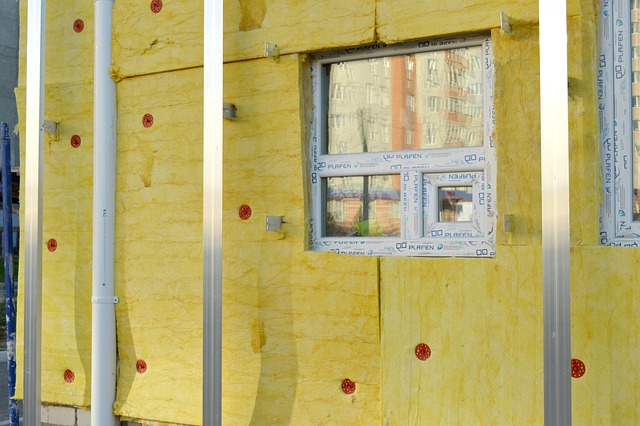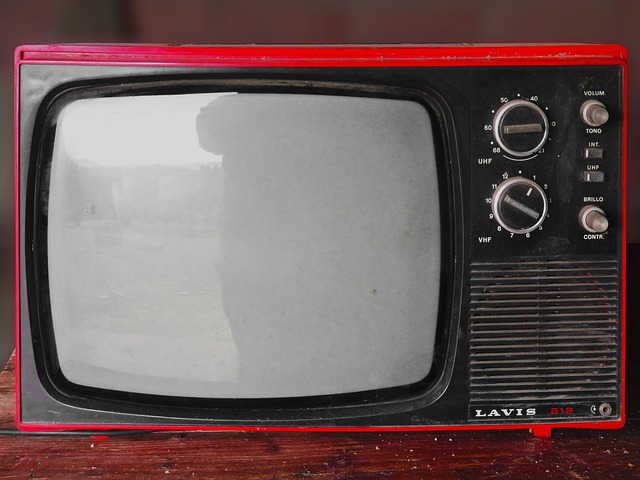In today’s fast-paced world of entertainment, where visual aesthetics and refined audio quality play pivotal roles, understanding the subtleties of how these components interact can transform your experience. One lesser-known yet significant factor that affects audio performance in TV display technology is jitter. This term may seem technical, but its impact resonates deeply with anyone who demands a high-quality audiovisual presentation.
Jitter refers to the tiny variations in time when audio signals are processed. Imagine sitting down to enjoy a gripping movie or your favorite concert on a state-of-the-art TV. You’ve set everything up perfectly—the lighting, the sound levels, and the visual settings on your brand-new monitor. However, if there is significant jitter in the audio signal, it can introduce annoying distortions that mar the overall experience. This little hiccup, while often unnoticed, can compromise the integrity of sound, creating an inconsistency that pulls you out of the immersive ambiance that high-quality displays are meant to create.
When discussing display technology, it’s easy to focus on the visual element—the brilliant colors, the sharp resolution, and the intricacies of how a monitor projects images. But the audio component is often just as crucial. Great visuals can elevate a scene, but without accompanying audio that is crisp and lucid, that sense of immersion dissipates quickly. If layers of sound experience loss due to jitter, viewers may feel disconnected from the content, even with the most advanced visual displays in front of them.
Moreover, the evolution of audio technology has led to sophisticated sound systems that complement our TV displays beautifully. These systems are designed to deliver audio that can nearly replicate a live experience. Yet, they are sensitive to the quality of the incoming signals. The presence of jitter can lead to what sounds like an echo or a fading in and out of tones, distorting everything from the dialogue to the musical score. Any audiophile knows that clarity in sound is crucial—they yearn for every note to ring true, every voice to resonate authentically, and every effect to envelop them entirely.
As manufacturers strive to create more advanced products, attention to details like jitter is becoming increasingly relevant. They are implementing better clocking mechanisms and digital interfaces that promise to minimize jitter’s impact on sound quality. This isn’t merely a technical upgrade; rather, it’s a commitment to enhancing our overall experience while enjoying television, films, or gaming. A high-definition monitor paired with an advanced audio system can create an unparalleled home theatre experience when executed correctly.
Please keep in mind that even the finest display technology can falter if jitter remains unchecked. It is essential for consumers to be aware of how this phenomenon can alter their experience. For those who cherish every sonic detail, investing in a monitor or audio configuration that minimizes jitter is paramount. The next time you settle in for a cinematic experience in your living room, remember that it takes both impeccable visuals and crystal-clear audio to create a truly memorable event. As technology progresses, bridging the gap between seamless audio-visual integration will only become more vital.
Whether you’re an audio enthusiast or simply someone who appreciates a good movie or show, being informed about the nuances of audio technology—including jitter—can elevate your entertainment experience. Ensure your setup is optimized to prevent jitter from spoiling the magic of auditory storytelling. After all, in our quest for the ultimate TV-watching experience, the nuances are often what make all the difference.



